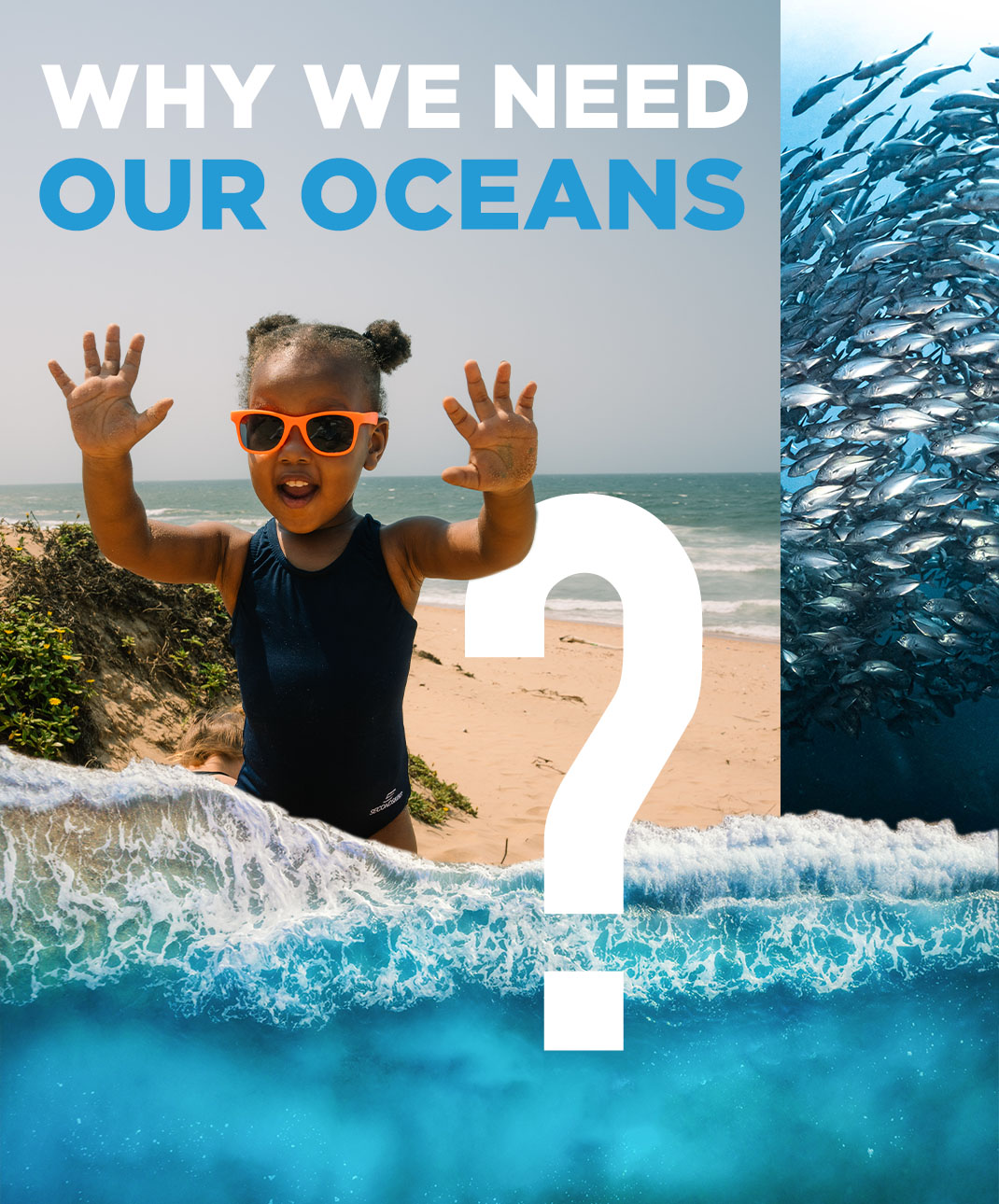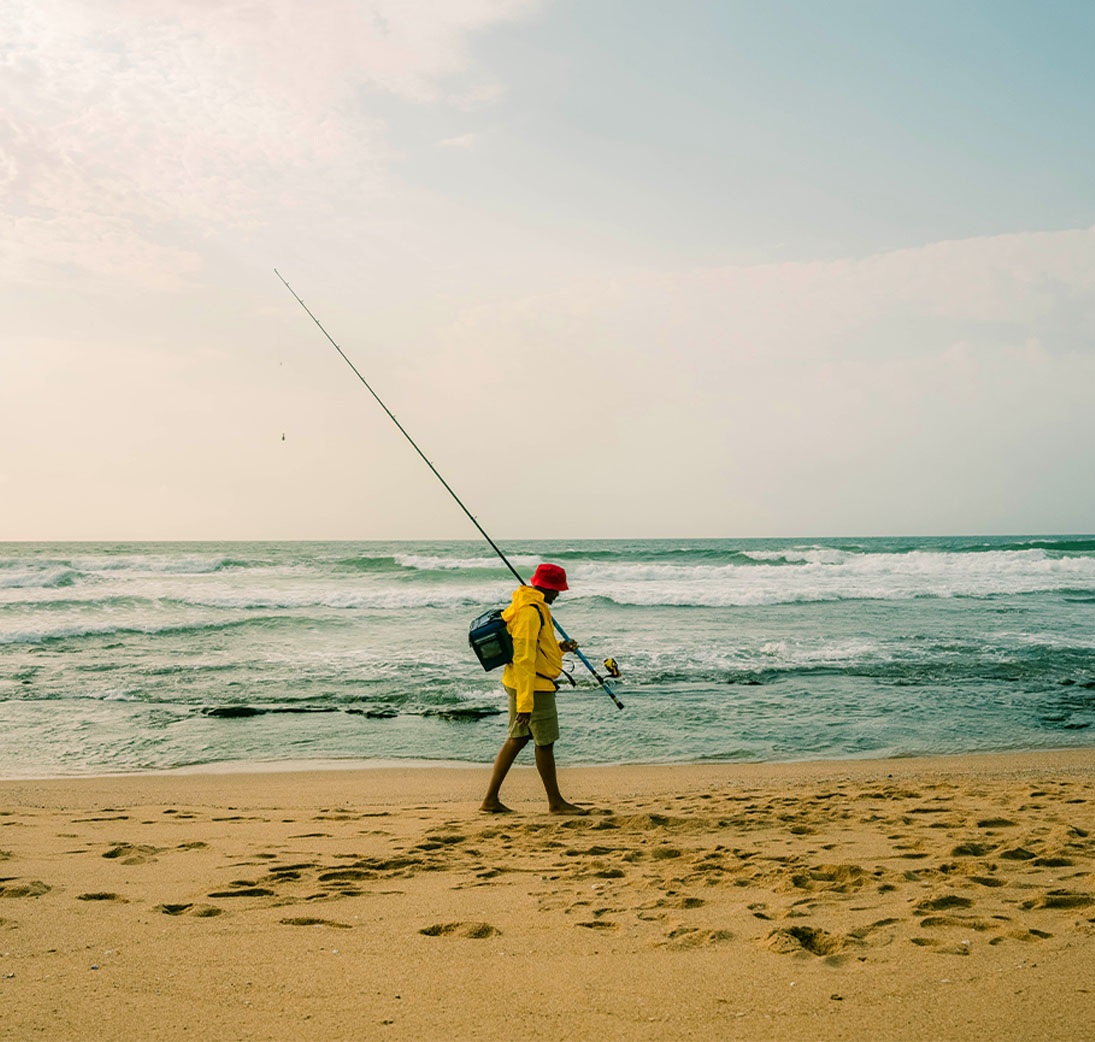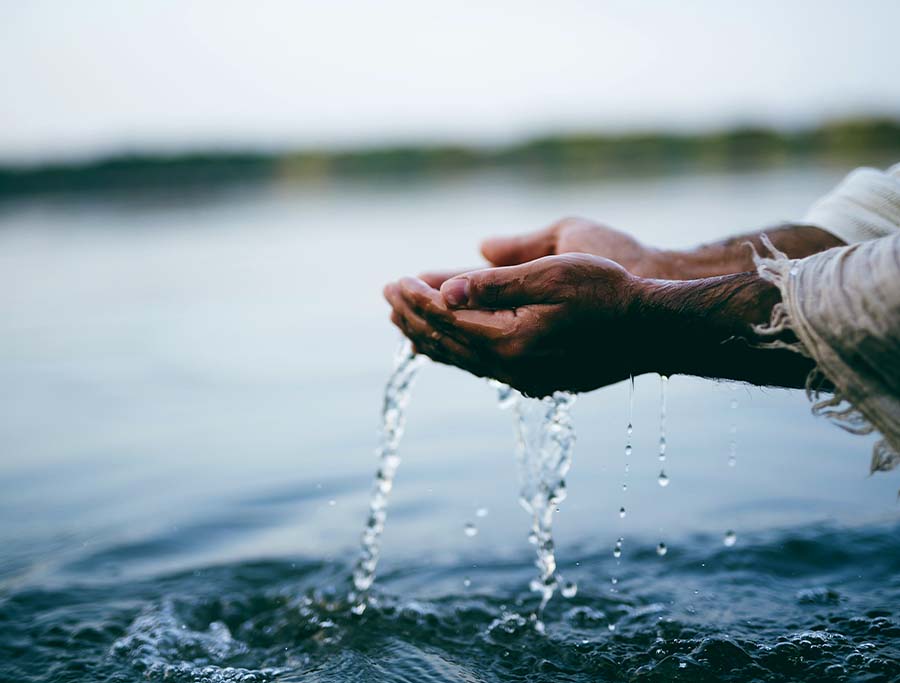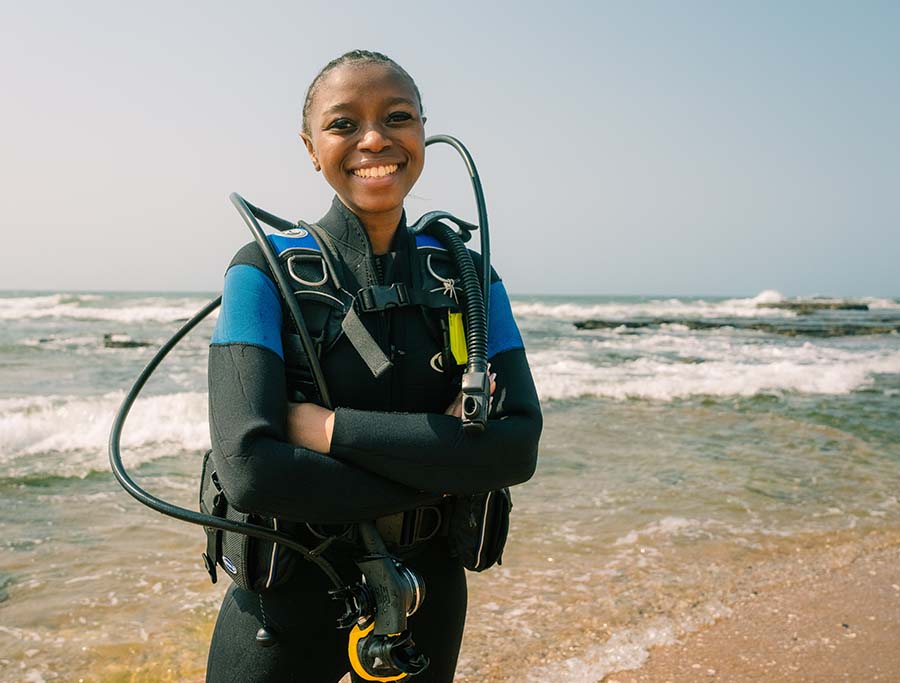Biodiversity (biological diversity) forms the backbone of ecological resilience and resilience refers to the capacity of a system to respond and recover from a disturbance, and to return to a state of equilibrium.
Biodiversity at different levels provide human beings with resilience as a major ecosystem service. Resilience provides structure and environmental stability around which socioeconomic development occurs.[49]
Ecosystem level resilience across coral reefs, mangroves and kelp forests assist in coastal shoreline protection by attenuating incoming destructive waves and ocean effects (rouge tides, swells, floods).[50]
These complex and productive marine systems also aid against exacerbation of global climate change by facilitating higher trophic level biogeochemical cycles (CO² to Oxygen etc).[51]
In 2016, a strong El Ni~no event caused the most severe coral bleaching event in history, which killed 67% of the coral in the northern part of the Great Barrier Reef in Australia in just nine months (Hughes et al., 2017). However, corals in the Line Islands affected by the strong 1997–1998 El Ni~no recovered in fully protected reefs within a decade, whereas they did not in unprotected islands (Sandin et al., 2008). In Baja California, Mexico, a mass mortality event caused by climate-driven oxygen depletion affected pink abalone populations, but they replenished faster within marine reserves because of large body size and high egg production of the protected adults. Bleaching is a response to heat stress that occurs when corals spend too much time in water that’s too hot for them to handle. Exposure to prolonged heat causes the reef-building animals to temporarily evict their zooxanthellae, symbiotic algae which the corals shelter in exchange for food.
Because these algae also give corals their vibrant colours, mild bleaching causes corals to grow pale. Severely bleached corals turn bone white, and if their algal partners stay away for too long, they can starve to death.
Research shows that the frequency of mass bleaching events is increasing because of global warming.
In a severe bleaching event, large swaths of reef-building corals die. This causes reefs to erode, destroying fish habitat and exposing previously protected shorelines to the destructive force of ocean waves. Warmer ocean temperatures caused by El Niño and global warming can lead to coral bleaching.
The length of the event means corals in some parts of the world have no time to recover before they are hit by more bleaching. The current global bleaching event is hammering some reefs repeatedly. As bleaching events become more frequent, some reefs may not have time to recover.
Marine reserves may not be immune to the effects of climate change, but to date, reserves with complex ecosystems are more resilient than unprotected areas. Although marine reserves were conceived to protect ecosystems within their boundaries
How do MPAs help?
Scientific evidence consistently shows that the greatest ecological benefits from protection are derived from strongly or fully protected areas such as ocean sanctuaries.[52][53] By excluding extractive activities and removing or minimising other human pressures, species can maintain or recover abundance, biomass and diversity.
Within MPAs, species populations may grow, their age structure change and their reproductive output increase[54]. These factors increase resilience, larger populations and higher reproductive outputs which buffer against decline, meaning that species are less likely to become extinct at local, regional or global scales.
Enhanced species diversity stimulates species level resilience and systems are able to reduce rates of resource collapse, increase recovery potential, improve water quality and maintain genetic variability.[55]
Marine reserves also help restore the complexity of ecosystems through a chain of ecological effects (trophic cascades) once the abundance of large animals recovers sufficiently.[56]
Marine protection ultimately has the capacity to mitigate climate change adversity by stimulating carbon sequestration and storage and by increasing regional ecosystem/genetic resilience (Roberts et al 2017).
Examples
Aliwal Shoal MPA (South Coast, KwaZulu-Natal)
- Protecting habitats of geelbek and dusky kob, and seasonal protection for spawning aggregations of threatened linefish
- Preserving habitats for sharks and protecting these iconic predators
Protea Banks MPA (South Coast, KwaZulu-Natal)
- Protects around 7 different shark species
- Protects unique deep reefs and three submarine canyons
- Protects spawning area for commercial linefish
ISimangaliso MPA (North Coast, KwaZulu-Natal)
- Safeguards feeding areas of the critically endangered leatherback turtles
- Protects submarine canyons, refuges for coelacanths
- Protects slinger and rockcod aggregations to deliver fisheries benefits
Hluleka MPA (Wild Coast, Eastern Cape)
- Protects many rocky shore invertebrates like mussels












